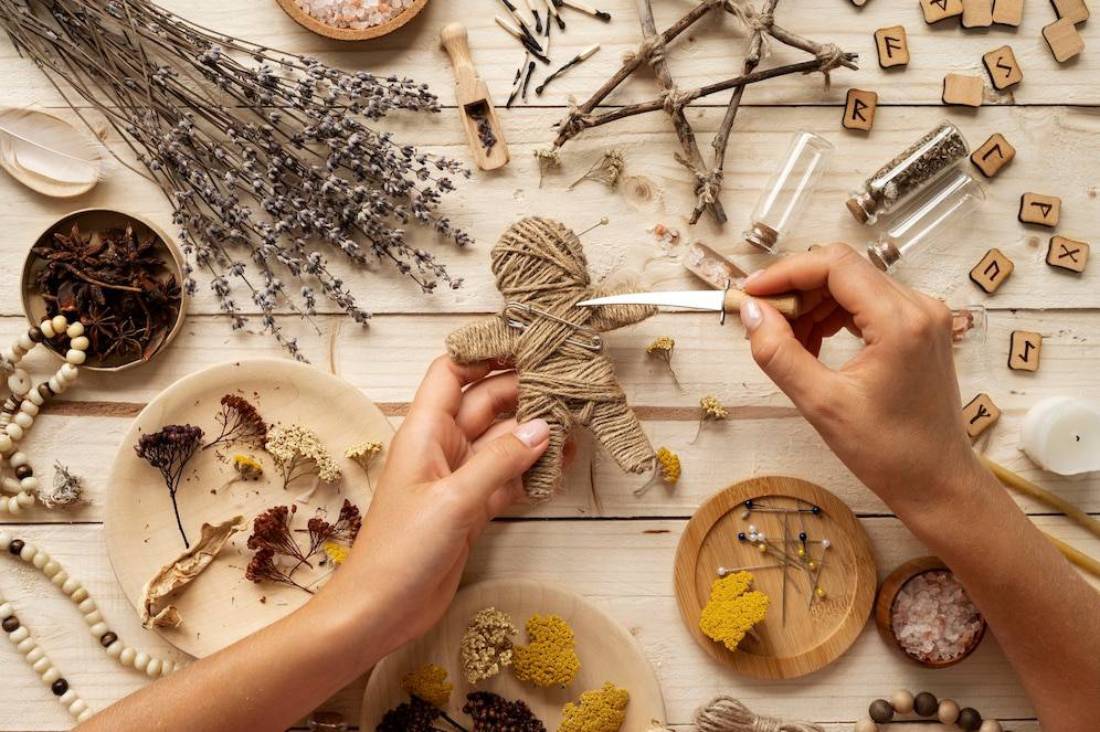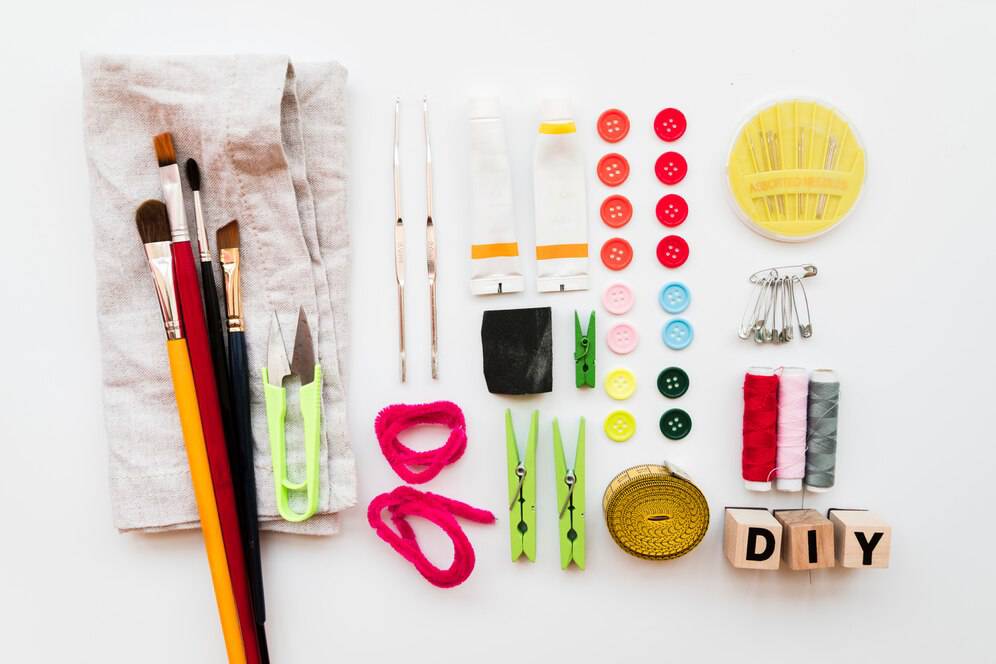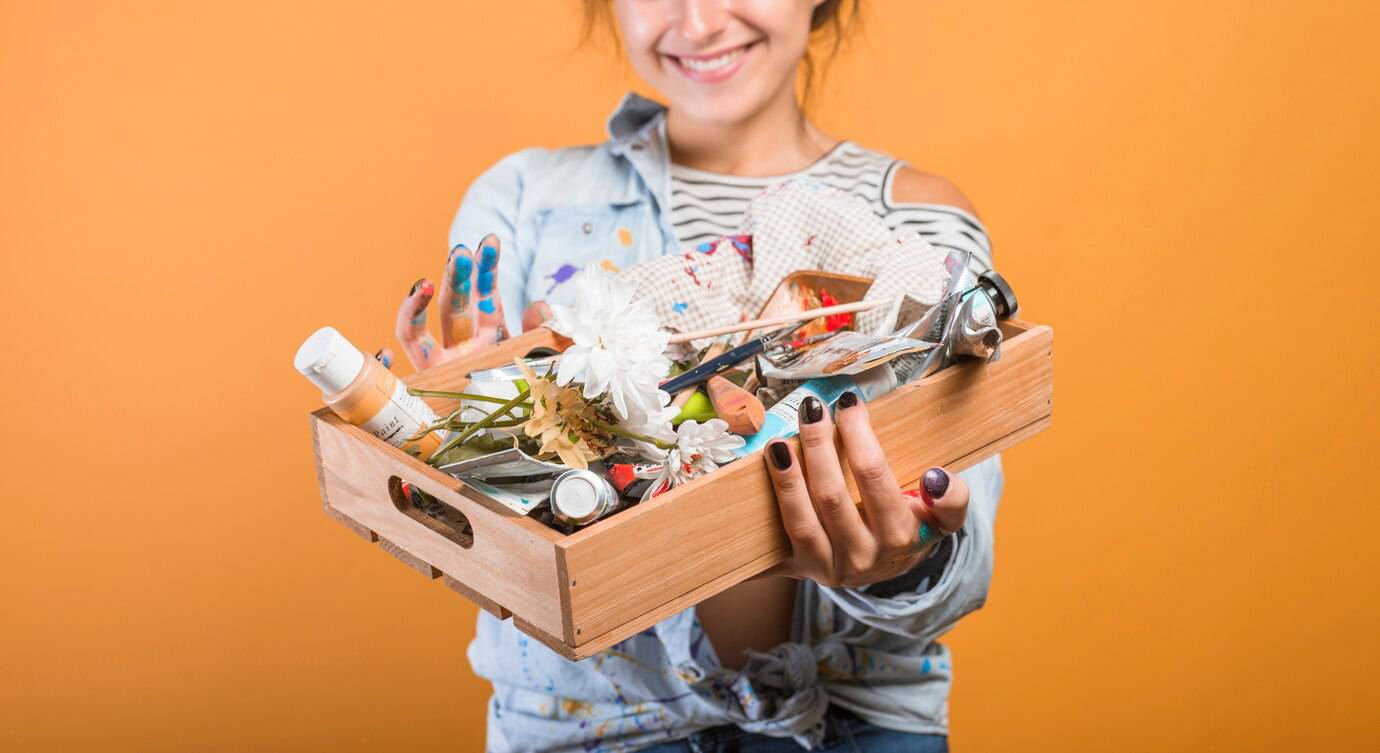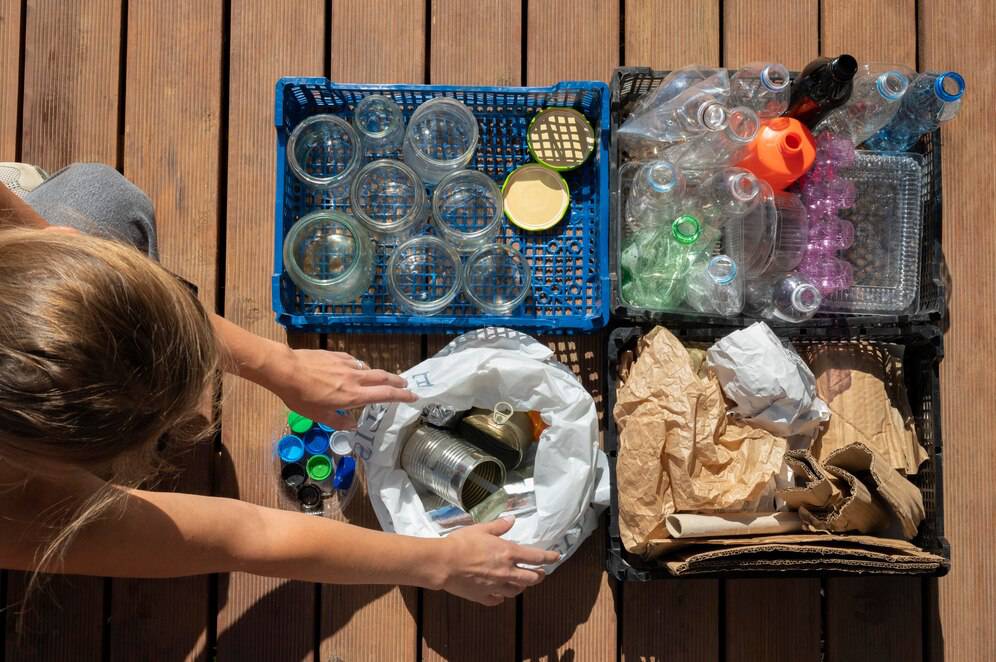
How to Repurpose Everyday Items into DIY Crafts
With sustainability and creativity in mind, repurposing household items into eco-friendly DIY projects is a great way to reduce waste while crafting something beautiful and useful. Recycling crafts not only helps the environment but also encourages resourcefulness and imagination. Whether you’re looking for upcycling household items for home décor, gifts, or functional use, this guide will provide creative ways to give new life to everyday objects.
Instead of throwing away old jars, fabric scraps, or cardboard boxes, consider turning them into unique crafts. This guide will walk you through various projects that require minimal effort, tools, and supplies—while helping you contribute to a greener planet. By repurposing materials, you not only reduce landfill waste but also create something that adds value and personality to your home or daily life.
Essential Materials for Upcycling

Before diving into recycling crafts, it’s helpful to have a collection of commonly used materials ready. These supplies make it easier to repurpose everyday objects into beautiful eco-friendly DIY creations:
Basic Crafting Tools:
- Scissors and craft knives – Essential for cutting and shaping materials.
- Glue and adhesives – Hot glue, craft glue, and Mod Podge for bonding materials.
- Paints and brushes – Great for decorating repurposed items.
- Markers, pens, and calligraphy tools – Useful for labelling and adding personal touches.
- Ribbons, fabric scraps, and twine – Perfect for embellishing upcycled projects.
- Stapler and hole puncher – Handy for securing and binding recycled materials.
- Measuring tape and ruler – Essential for precision in crafting.
Common Household Items to Repurpose:
- Glass jars and bottles – Can be turned into candle holders, vases, or storage containers.
- Cardboard boxes and tubes – Ideal for DIY organisers, storage solutions, and kids’ crafts.
- Old clothes and fabric scraps – Great for making reusable bags, no-sew crafts, and accessories.
- Tin cans and plastic containers – Perfect for planters, desk organisers, and upcycled décor.
- Newspapers, magazines, and paper bags – Can be used for papier-mâché projects, wrapping paper, or DIY envelopes.
- Wine corks and bottle caps – Fun materials for home décor and crafts.
Having these items on hand will allow you to explore a variety of upcycling household items projects while reducing waste.
Creative Recycling Crafts to Try

1. DIY Glass Jar Candle Holders
Give empty glass jars a second life by transforming them into decorative candle holders.
Materials Needed:
- Empty glass jars (mason jars, jam jars, etc.)
- Acrylic paint or spray paint
- Twine or ribbon
- Tea light candles or fairy lights
- Decorative beads or stickers (optional)
Instructions:
- Clean and dry the glass jars thoroughly.
- Paint or spray the outside with your chosen colour and let it dry.
- Wrap twine or ribbon around the jar’s neck for added decoration.
- Place a tea light candle or fairy lights inside.
- Arrange the jars as table décor, night lights, or gifts.
This eco-friendly DIY project is perfect for adding warmth and charm to any space.
2. Upcycled Tin Can Planters
Instead of throwing away tin cans, turn them into stylish planters for indoor or outdoor use.
Materials Needed:
- Empty tin cans (washed and label removed)
- Acrylic paint or decorative paper
- Soil and small plants or succulents
- Hammer and nail (to make drainage holes)
Instructions:
- Punch small drainage holes at the bottom of the tin can.
- Paint the exterior or wrap it with decorative paper.
- Fill with soil and plant your favourite herbs, succulents, or flowers.
- Arrange them on windowsills, balconies, or garden spaces.
These upcycling household items projects are an easy way to introduce greenery into your home while reducing waste.
3. DIY Fabric Scrap Coasters
Old fabric pieces can be transformed into stylish and functional coasters.
Materials Needed:
- Fabric scraps (cotton, linen, or denim)
- Cork or felt backing
- Fabric glue or sewing kit
- Scissors
Instructions:
- Cut fabric scraps into squares or circles.
- Attach the fabric to a cork or felt backing using glue or simple stitching.
- Trim any excess fabric and press the edges for a neat finish.
- Let them dry before using.
These recycling crafts add a homemade touch to your coffee table while repurposing unused fabric.
4. Cardboard Storage Organisers
Turn old cardboard boxes into practical and stylish storage containers.
Materials Needed:
- Sturdy cardboard boxes (shoeboxes, cereal boxes, etc.)
- Decorative paper, fabric, or paint
- Scissors and glue
- Ribbon or handles (optional)
Instructions:
- Cut the cardboard box to your desired shape and size.
- Cover with decorative paper, fabric, or paint.
- Reinforce the edges with glue and let it dry.
- Attach ribbons or handles for easy carrying.
These upcycling household items projects help keep your space tidy while reducing clutter.
5. Magazine Collage Art
Use old magazines to create unique wall art or greeting cards.
Materials Needed:
- Old magazines or newspapers
- Scissors
- Glue or Mod Podge
- Canvas or thick paper
Instructions:
- Cut out interesting images, patterns, or words from magazines.
- Arrange them into a collage design on your canvas.
- Glue them down and let them dry completely.
- Seal with a layer of Mod Podge for a glossy finish.
This eco-friendly DIY idea is a great way to express creativity while reusing materials.
6. Repurposed T-Shirt Tote Bags
Give old t-shirts a new life by turning them into reusable shopping bags.
Materials Needed:
- Old t-shirts
- Scissors
- Fabric glue or a sewing kit
Instructions:
- Cut off the sleeves and neckline of the t-shirt.
- Turn the shirt inside out and glue or sew the bottom shut.
- Flip it right-side out and use it as a tote bag.
This simple recycling craft helps reduce plastic waste while making use of old clothing.
Benefits of Upcycling Household Items

Engaging in eco-friendly DIY projects isn’t just about creativity—it has several benefits:
- Reduces Waste: Keeps materials out of landfills.
- Saves Money: Repurposing items saves costs on buying new materials.
- Encourages Creativity: Challenges you to see new uses for old items.
- Eco-Friendly: Promotes a sustainable lifestyle.
- Customisable: Allows you to create unique, one-of-a-kind pieces.
- Fun for All Ages: Ideal for children and adults to enjoy together.
By incorporating recycling crafts into your routine, you contribute to a healthier planet while enjoying the satisfaction of crafting something new.
Eco-Friendly DIY Projects: Creative Ways to Upcycle Household Items
Repurposing everyday items into eco-friendly DIY projects is a rewarding way to get creative while reducing waste. Whether you’re transforming glass jars into candle holders, turning tin cans into planters, or upcycling cardboard into storage organisers, there are endless possibilities for upcycling household items. These crafts not only give new life to unwanted objects but also promote sustainability and self-expression.
Next time you consider throwing something away, think about how it can be repurposed into a unique DIY project. Happy crafting!